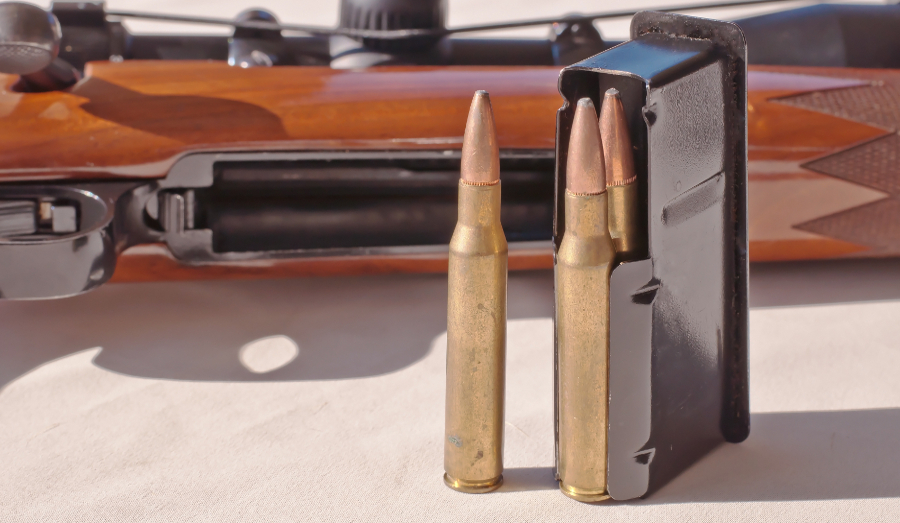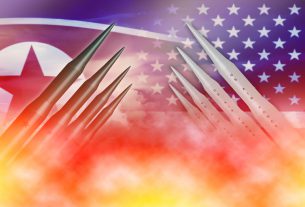The past 130 years have seen a veritable revolution in small arms design and ammunition. Yet despite all the changes that have occurred since then, sometimes it makes sense to revisit old classics.
The introduction of the smokeless powder 8x50mmR Lebel cartridge by France in 1886 revolutionized small arms development and set off an international arms race that lasted for over 20 years. Developments in cartridge design, steel strength, and rifle actions occurred quickly, reaching their zenith around 1905-1906 with the development of spitzer bullets in the German 8×57 and American .30-06 cartridges.
Numerous cartridge designs have come and gone since then, with the magnum craze of the 1950s, the small caliber high velocity experiments, and the return of large-caliber, wide meplat bullets all having had their moment in the sun. Despite all the experimentation that has occurred over the past century, and all the new cartridges developed, many still find it difficult to beat the old .30-06 Springfield for all-around performance.
First introduced in 1903 as the .30-03 cartridge with the new 1903 Springfield service rifle, the .30-06 cartridge was introduced in 1906. It replaced the 220-grain bullet of the .30-03 with a new 150-grain spitzer bullet, similar in weight to the German 8×57 spitzer bullet that featured in the German Model 98 Mauser rifles. The new bullet traveled at 2,700 feet per second, versus the 2,300 feet per second of the 220-grain bullet.
By the time World War II broke out, the .30-06 cartridge featured a 152-grain bullets traveling at 2,800 feet per second, producing over 2,600 foot-pounds of muzzle energy. That cartridge was the primary round for the M1 Garand rifle that US soldiers used to fight in Europe, Japan, and Korea, and remained the primary US machine gun cartridge until replaced by 7.62x51mm NATO.
Because of the length of the .30-06 case, the cartridge can fire a great variety of bullet weights. Those who handload can load the .30-06 with bullets ranging from 110 to 220 grains, with some specialized bullets as heavy as 250 grains available for those who want to hunt bear or similar large game. Velocities range from nearly 3,500 feet per second with the 110-grain bullets to nearly 2,500 feet per second with the 220-grain bullets, with maximum muzzle energy of around 3,000 foot-pounds.
The .30-06 cartridge is about the most powerful cartridge that most shooters can fire comfortably without developing a flinch from excessive recoil. Firing the .30-06 through a gas-operated firearms such as the M1 Garand helps to cut down on felt recoil due to the gas being tapped to operate the firearm’s action.
Despite the .30-06’s age and seeming obsolescence, it remains a popular cartridge today among hunters and even among some target shooters who are rediscovering the cartridge’s abilities. The best estimates put the .30-06 at about the 12th-most popular cartridge in the United States, right behind .38 Special and .357 Magnum.
Walk into any gun store or Walmart across the country and you’re guaranteed to find boxes of .30-06 ammunition. Its performance combined with its availibility make .30-06 a good choice for any prepper’s armory.
This article was originally posted on Red Tea News.





